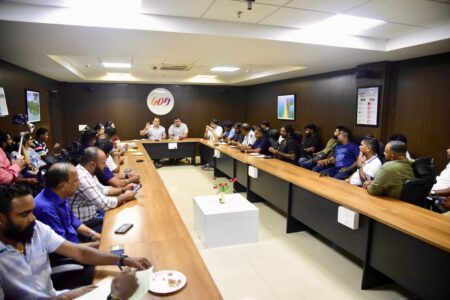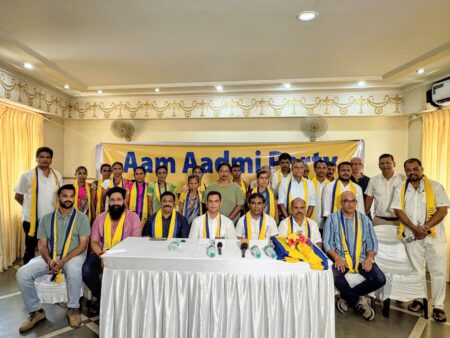Team Goemkarponn
PANAJI: Goa generates 46 percent more garbage per capita, per annum, compared to the rest of the country and inbound tourists who outnumber the native population several times over, largely tend to add to the state’s ongoing garbage crisis, because waste segregation does not rank high on visitors’ holiday agenda, according to waste management experts, who also urged people to take small steps to make waste management count.
“Goa’s population is around 1.4 million, but with a floating population four to five times that, waste generation remains high. We are the largest consumers of single-use plastics in India and it’s not just plastic; single-use paper is also a major issue. Reducing this waste is within our control,” said Wilma Rodrigues of Saahas Zero Waste, a Bengaluru-based waste management agency, while speaking at a panel discussion as part of the Museum of Goa’s MOG Sunday talk series.
“Goa generates 22 kg of waste per capita annually, compared to India’s average of 15 kg, showing a substantial gap between our waste levels and the national average,” she said during the discussion, which also featured Sumita Ghosh founder of Village Recyclers Foundation, Jill Ferguson co-founder of Act for Goa, Clinton Vaz founder of vRecycle Waste Management Services and Maya de Souza co-director of Act For Goa.
During the discussion, Vaz said that nearly Rs. 600 crore has so far been spent by the government and the private sector together towards purchasing equipment for garbage recovery, adding that nearly 50 percent of the equipment was currently lying unutilised.
“In housing societies, mixed waste is a common issue, mostly caused by visitors, both Indian and foreign. In a holiday mood, they often mix waste, leaving it for residents to sort. Despite distributing handouts to each home, we still encounter days with excessive mixed waste,” Vaz said.
Garbage management has been in the spotlight in Goa, one of the country’s top leading tourism destinations, ever since tourist footfalls surged manifold more than a decade ago.
According to the last survey conducted by the Goa Waste Management Corporation, the state generates 766 tonnes of waste per day, even as the government agency projects that Goa will generate 888 tonnes of waste per day by 2025, 992 tonnes per day by 2030 and 1,108 tonnes per day by 2035.
According to Jill Ferguson, India’s waste industry is estimated at $ 12.90 billion in 2024, expected to rise to $ 17.30 billion by 2029.
“India has the highest recycling rate globally, thanks to subgroups like ragpickers who rely on it for their livelihood. Yet, there remains a huge gap, as around 50 percent of our trash is non-recyclable.
This calls for changes not only in consumer habits but also in the production and packaging practices of companies, pushing them to prioritise redesign as part of the solution,” Ferguson said.
Sumita Ghosh, founder of Village Recyclers Foundation, claims that individuals can also make interventions towards lowering the quantum of garbage generation by starting small and cutting down on consumption of soft plastic packaging. “Even your milk packet, just clean it and then find someone to donate it to,” she said.








